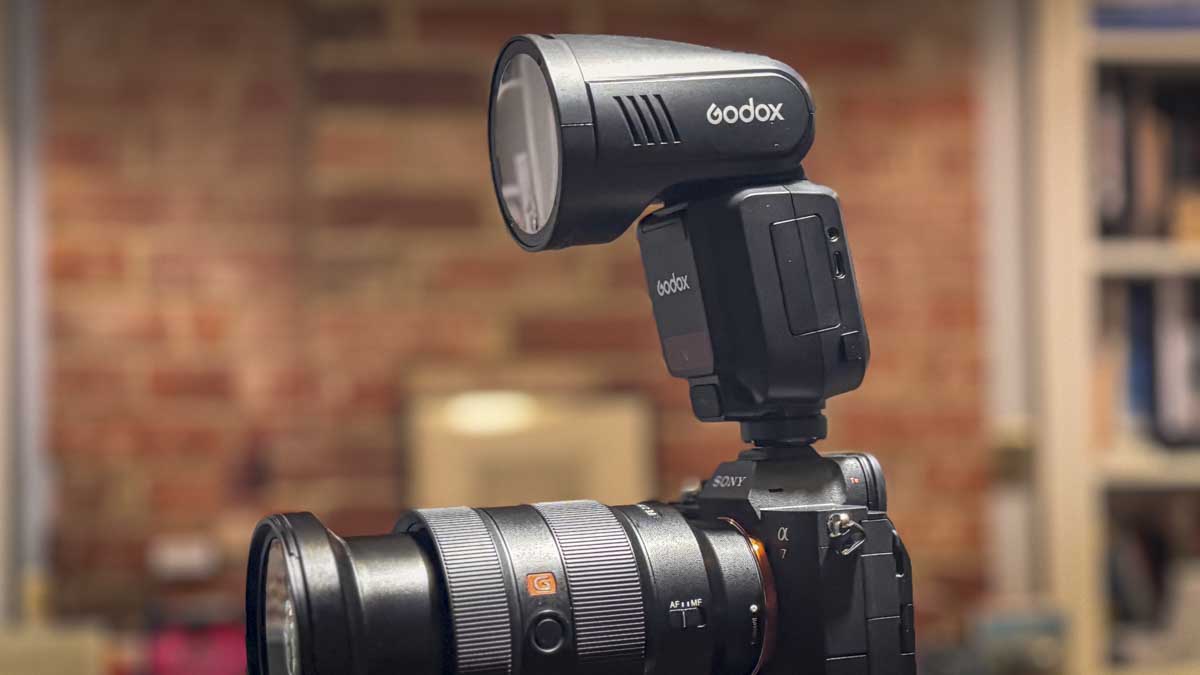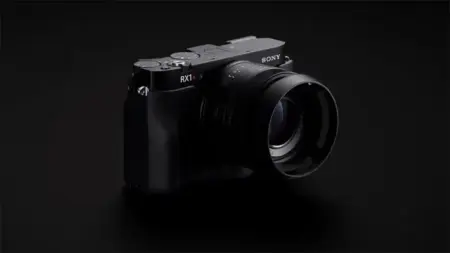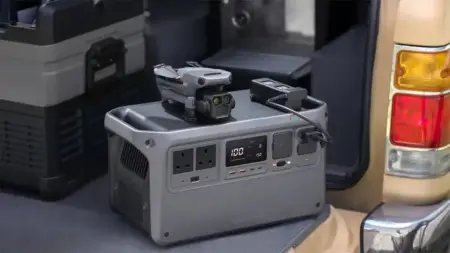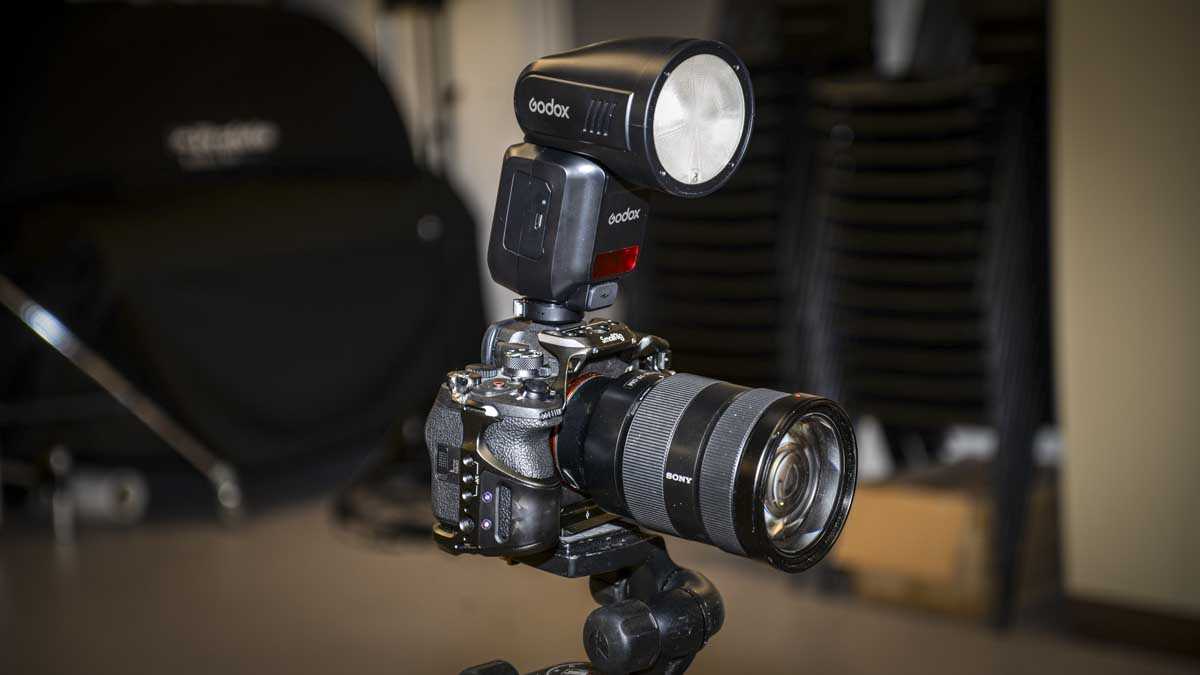As is the case with the V100, it is quick and easy to use. Simply charge up the battery, and the fact that it has a USB Type-C connector, allowing you to plug it into any standard USB Type-C charger, makes a huge difference when it comes to the absolute convenience of this unit.
Getting started, the V100 slipped into the hot shoe of the Sony Alpha 7 Mark IV, and instantly, the camera recognised it. With the Sony connectors on the base, you have full TTL as well as the ability to adjust some settings through the camera options.
Instantly, what I really liked was the touchscreen, which enabled me to navigate through all the power settings. The fact that you can quickly adjust the power via the touchscreen by swiping your finger left or right just makes it really quick and easy to use. If for some reason you don’t like the touchscreen, you can use the dial to adjust the settings instead—why you wouldn’t want to is beyond me.
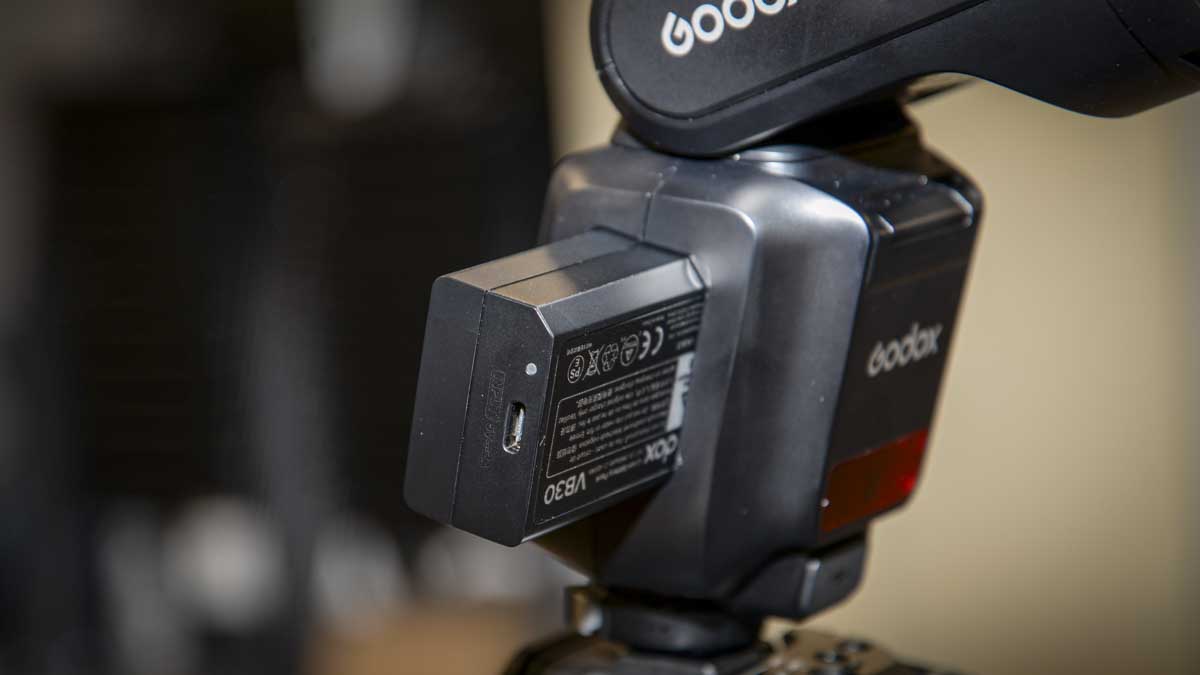
When I first started using the flash, I did have a couple of issues with the touchscreen, accidentally tapping the screen and changing a setting. However, as with touchscreens on DSLR and mirrorless cameras, once you’ve used them for a little while, you get used to them, and it no longer becomes an issue—it’s just something to be aware of at the outset.
Otherwise, that touchscreen is excellent. If I want to switch from manual to TTL, I just tap the icon in the bottom left-hand corner, and it instantly updates. In TTL mode, you have a large green +0.0, which is the flash compensation, and, as with the flash power, you can simply swipe left or right to increase or decrease it by up to ±3. Tapping back onto the mode switches it back to manual, where I can go from 1/256 power all the way up to full 1/1 power.
As you’ve got the connector for the Sony system through the multiport, the zoom of the lens is automatically registered so the flash power adjusts accordingly. Used as a standard TTL flash, there’s plenty of flexibility, and with easy access to the flash compensation, you can increase or decrease the brightness of the light as needed.
As the unit was new out of the box, the rotation was a little stiff, but it is nice and smooth, and there’s a good amount of flexibility over the positioning of the head so that you can bounce it off walls, ceilings, or whatever else you need to get the lighting correct.
Once again, that round head really does provide a nice, natural throw of light. Through this test, I also tried out a couple of the light modifiers, attaching them easily, and the results from the projector and standard accessories were exceptionally good.
Essentially, the V100 is a powerful 100Ws strobe, which takes the brightness and power of this type of flash up another level, actually bringing it in line with professional units.
Seeing that this flash is now competing directly with professional-level equipment, the importance of colour uniformity and longevity of use is paramount. Here, Godox has really boosted the build quality as well as the features, so when you start to look a little closer at what this flash has to offer, it becomes apparent that this is now a real competitor to the likes of the Profoto A1.
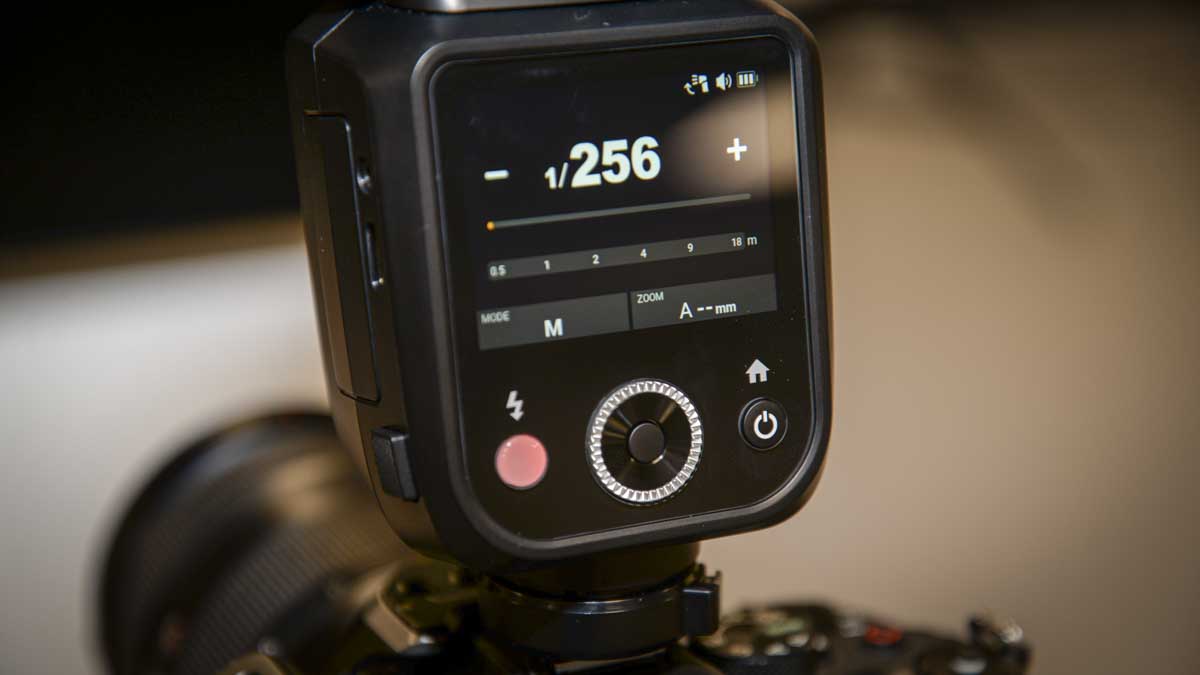
One of the unexpected features was the addition of a traditional 2.5mm sync socket on the side, next to the USB Type-C port used for firmware updates. I haven’t yet tested this, but I will shortly, linking it to one of the Hasselblads or the Canon F1 for a full test. This could be a really exciting development.
For me, however, it’s the ease of use that elevates this flashgun well above most others and puts it in the same category as the Profoto A1, which I personally favour.
When it comes to ease of use, the Profoto A1 flashes have that large LCD screen on the back. While it might not be a touchscreen, it is simple to use, and when it comes to linking with all other Profoto gear, it’s a no-brainer. Now, it seems that Godox has elevated the V flash system to the same level. That ease of use, which enables anyone to pick up and use the V100 without constantly referring to the manual, is a huge advantage. This will appeal not just to enthusiasts and professionals but also to those who are really keen on making an impact with flash photography.
When it comes to the performance of the Godox V100, I’ve been incredibly impressed. Used as a TTL flash, it’s outstanding, with very quick and easy-to-understand controls that allow you to increase or decrease the power as needed.
More importantly, when used in full manual mode, it’s just as easy to adjust. The fact that you can swipe left or right to increase or decrease the power makes it exceptionally user-friendly, and at a full 100Ws, the flash power is incredible for a speedlight of this size.
But then, it takes things up another level. Through this test, I paired it with another Godox V100 and a V1 Pro. What was instantly apparent was that, while the V1 Pro is an excellent flash, it is absolutely superseded by the V100, which is a far superior model. Then, when you couple that with the superb X3, all on the Sony system, you have a really comprehensive lighting setup.


